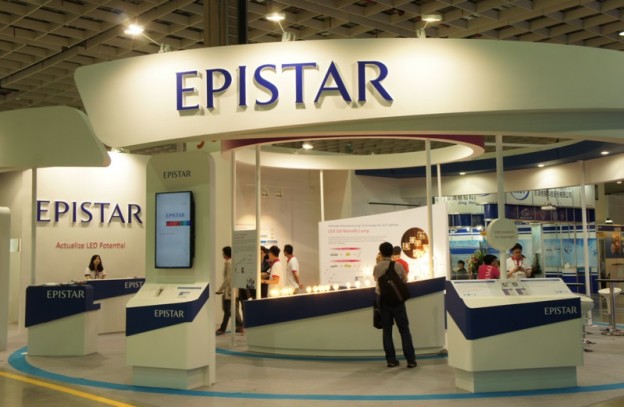Mini LED has a high chance to help Taiwanese LED manufacturers reclaim the leading position in the high-end backlight market in 2018. It rekindles Taiwanese firms’ hope against the ‘OLED attack’ from Korea, expected Bingjie Li, Chairman of Epistar.
 |
|
(Image: LEDinside) |
The LED industry in Taiwan has the momentum and technological edges to form a Mini LED ecosystem strong enough to stop the high-end backlight market from shrinking in light of the self-emitting nature of OLED.
Li pointed out that the continuous OLED attack has led to negative sentiment among the Taiwanese LED industry. Taiwan gave up the development of OLED technology and potential to earn shares in the OLED market, while the display technology gradually became mainstream and even a major selling point of those OLED display-sporting consumer electronics, such as TVs and smartphones. The launch of Apple’s iPhone X even resulted in a surge in the share of OLED in the display market. Its popularity escalated.
The chairman stressed incumbent technologies and equipment of Taiwanese LED makers have evolved advanced enough to produce Mini LED and they should seize the opportunity. Taiwan’s LED industry also forms a perfectly integrated supply chain, which works closely with panel makers to develop high-end displays. In addition, in terms of product quality and price/performance ratio, Mini LED can certainly rival OLED.
Li analyzed that after years of development in the display market, Korean OLED giants saw a noticeable market share rise after introducing a certain amount of products to several applications in the recent two years. On the other hand, growing pressure from the price war in the backlight market slowly suffocates Taiwanese LED firms. The market dynamic has push them to develop Mini LED and it should be a top priority in their R&D lists.
In comparison to OLED, Mini LED presents better efficiency and consume less power. Its production cost is 20-30% less.
A 55-inch TV is estimated to require an amount of Mini LEDs up to 40,000 chips, while a smartphone display could be emitted by around 4,000-9,000 Mini LEDs.
Mini LED will be manufactured with high-grade MOCVD machines. Li projected that about 20% of the capacity of high-grade MOCVD machines will be manufacturing Mini LED. It would also help resolve the problem of chip oversupply given that a large quantity of Mini LEDs will be used in backlights. A boost can also be anticipated in the revenue of high-end LED products.












